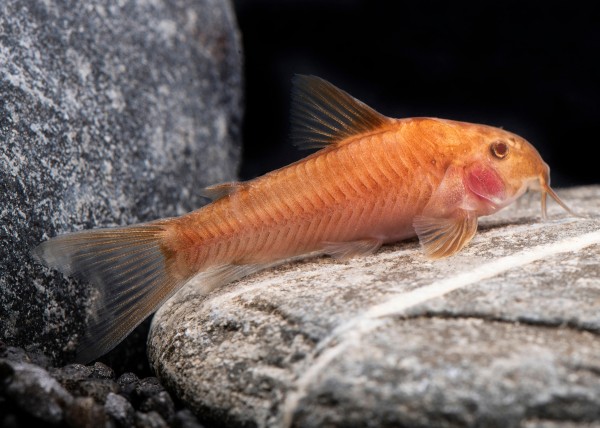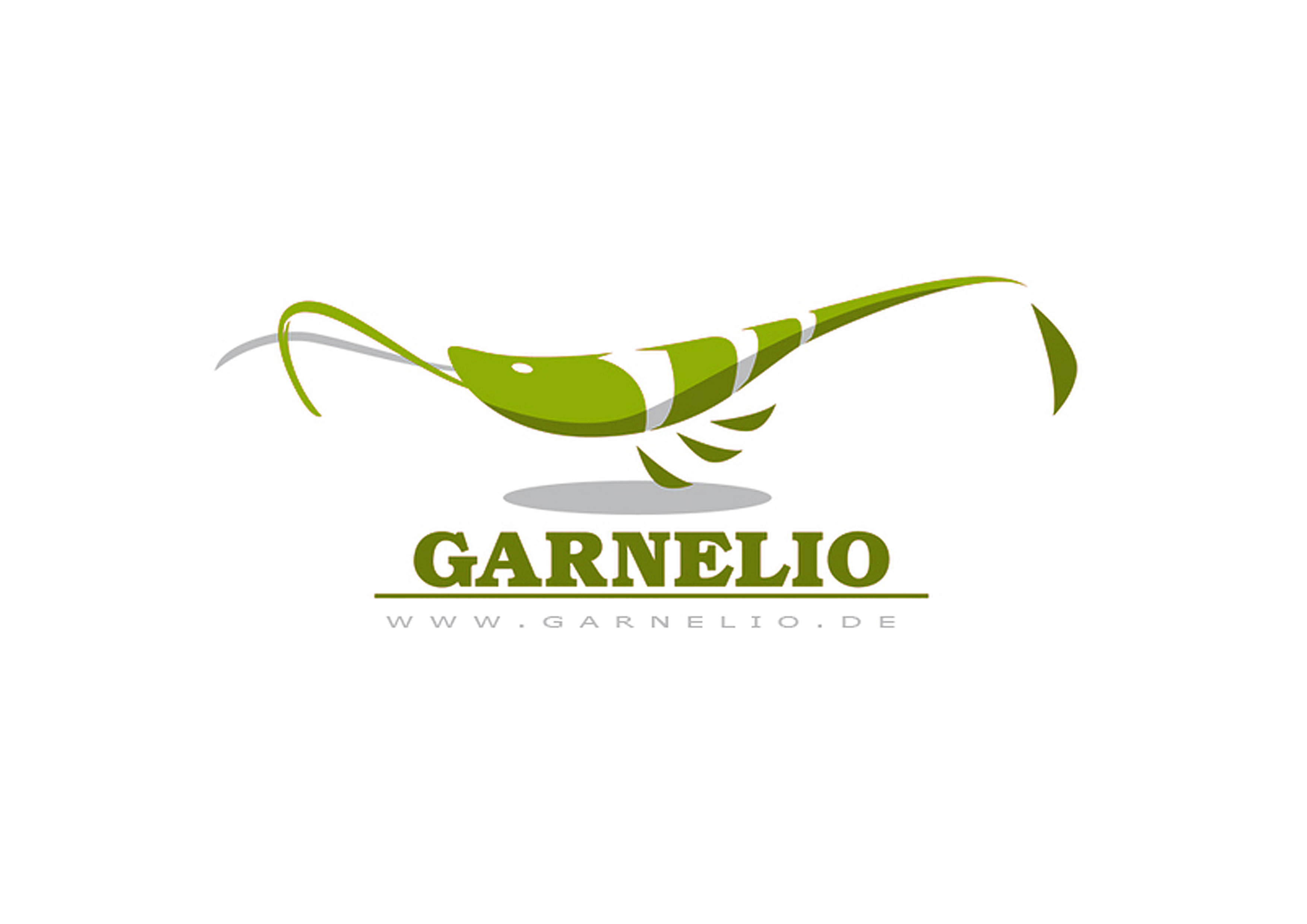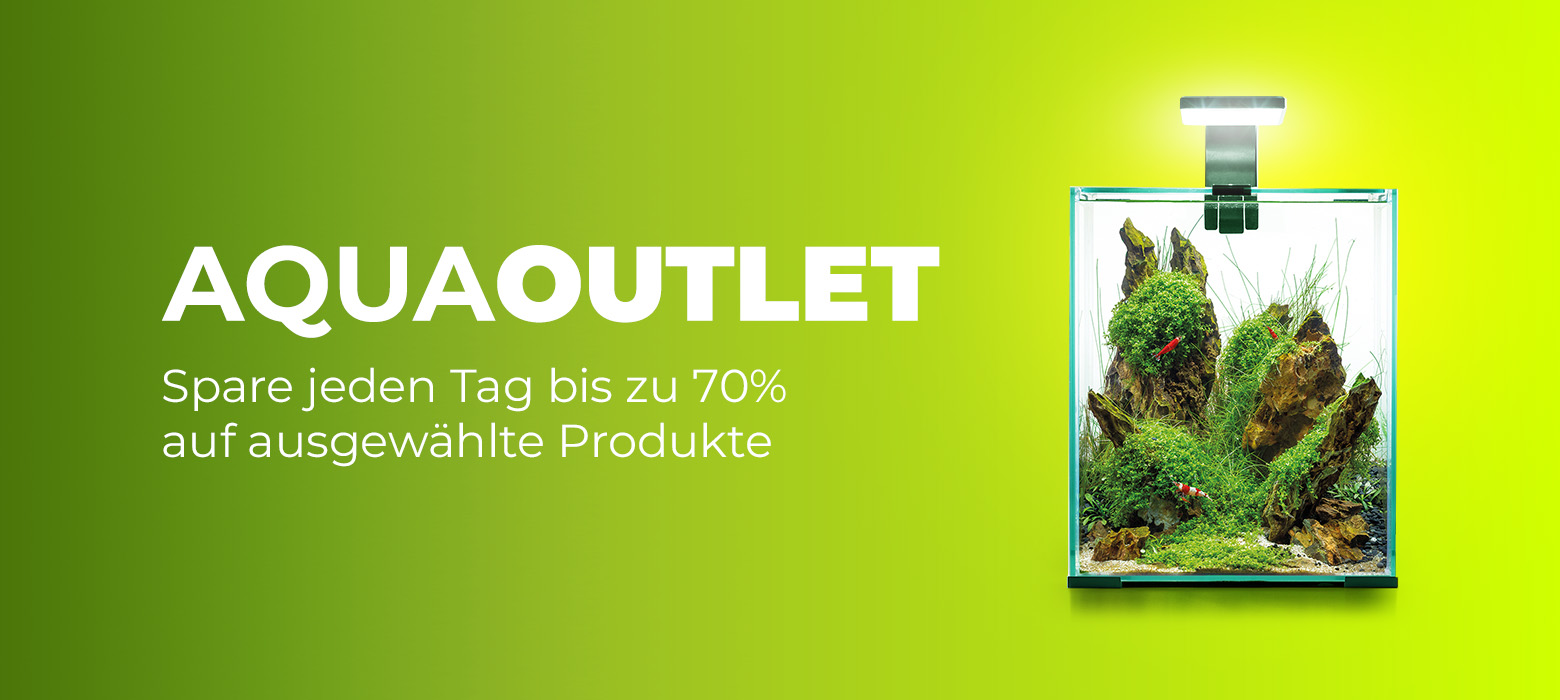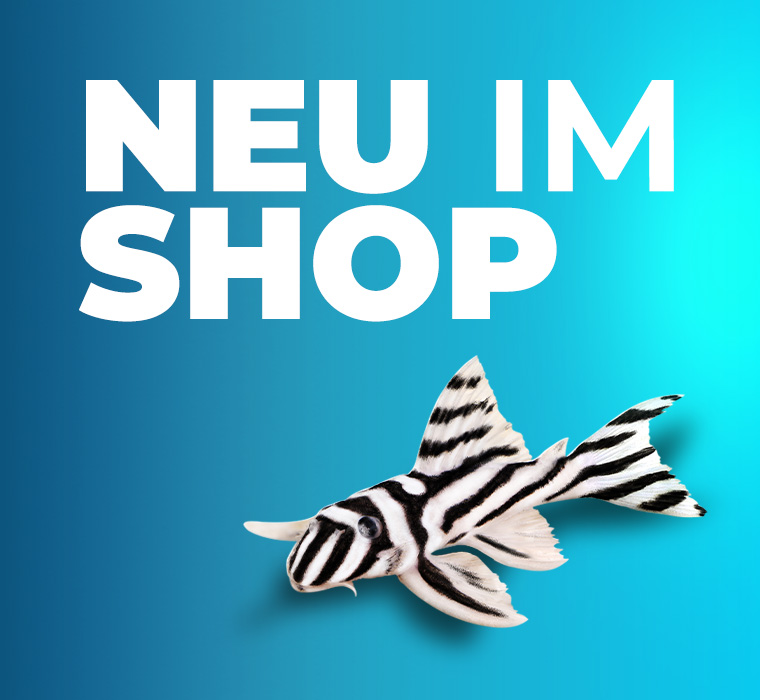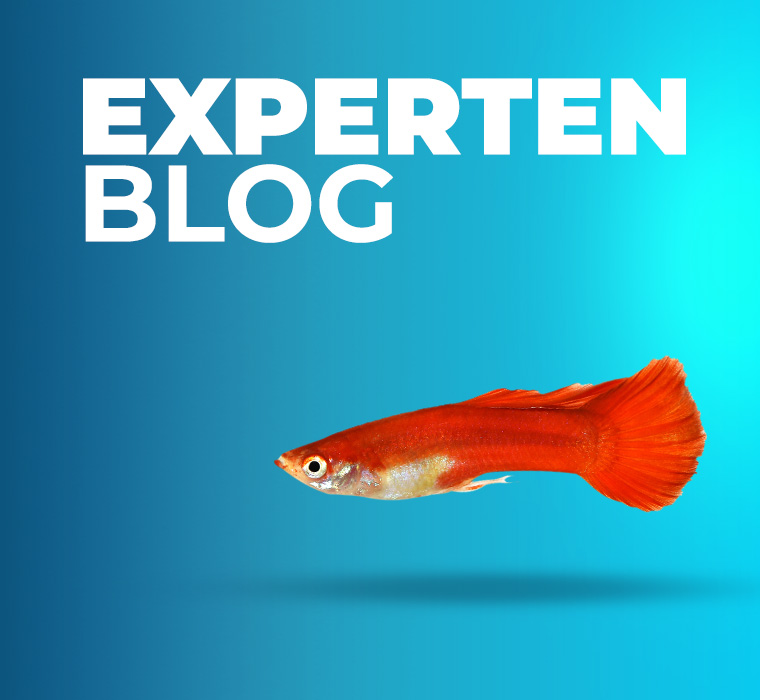incl. VAT plus shipping costs
Currently not available
Delivery only innh. Germany and Austria possible.
Switch to the German store
- Item no: 28982
Fast delivery times
All products are in stock with us!14 years of breeding experience
Let our team of experts advise you!High customer satisfaction
from over 3,000 reviews "| Water values: | soft to medium hard |
| Fish group: | Catfish |
| Temperature: | 22-25 °C |
| Visual effect: | Interesting behavior |
| Behavior: | Active |
| Feature: | Interesting coloring |
| with fish?: | Yes, with peaceful fish |
| Pelvic region: | Below |
| Aquarium size: | 54 l (approx. 60cm) |
| Breeding: | simply |
| Origin: | South America |
| with shrimps?: | with dwarf shrimp, offspring may be eaten |
| Final size: | 1-4 cm |
| Diet: | omnivorous - omnivorous |
| Planting possible?: | Yes |
| with snails/shells?: | Yes |
| Difficulty: | 1 - Simple |
| with large crabs?: | No |
| with dwarf crabs?: | No |
| with crabs?: | No |
The red loach cat fish or red-gold dwarf loach catfish Aspidoras sp. C 125 "Red" originally comes from coastal rivers in Brazil / South America. The red loach catfish is the albinotic form of the actually spotted loach catfish C125. The genus Aspidoras belongs to the family of the armored catfishes and callus catfishes, the animals bear the name loach catfish because of their body shape reminding of a loach.
The Red Loach Catfish has a red-gold color, slightly darker spots in places, and orange transparent fins. The red and gold loach armored catfish bears long orange to transparent barbels on its mouth, which give it a loach-like appearance, as does its elongated body shape. Aspidoras sp. "Red" C 125 grows to about 4 inches in length. The males of the Red Golden Dwarf Limpet Catfish remained more slender than the females.
At a water temperature of 22-26 °C and soft to medium hard water with a pH of 6.0-7.0 and a total hardness up to 12 °dGH and a nitrate value of less than 20 mg/l these red dwarf limpet catfish feel comfortable. Aspidoras sp. C 125 should get an aquarium from 60 cm length and more, which is furnished with many hiding places like caves, shelters under roots or stones, clay tubes and also several plants. In addition, free areas for burrowing are important.
The sociable small red loach catfish is a group fish, which needs the company of 5-10 conspecifics to feel comfortable. These conspecifics can also be wild colored. A socialization with peaceful fish with similar requirements to the aquarium, such as small tetras, fits well for the red-gold dwarf loach catfish. Also dwarf shrimps or fan shrimps are good aquarium companions. It is possible that especially small, particularly careless shrimp babies may be eaten sporadically, but the Redgold Dwarf Gudgeon Catfish does not actively hunt. The bottom dweller prefers to stay in the lower water layers and digs in the substrate for food. Sandy substrate or fine gravel with rounded grains are important to keep the delicate barbels of the armored catfish intact.
Red loach armored catfish are adhesive spawners. The females like to lay their eggs on the leaves of aquatic plants. Breeding is usually more successful in a separate breeding aquarium than in a community aquarium. Simply transfer the leaf with the clutch to the breeding aquarium. The cory larvae hatch after a few days. After 2-3 days their yolk sac is used up, then they are fed Artemia nauplii or a special rearing food for young fish (for example NatureHolic Youngfeed).
The Red Loach Catfish Aspidoras C125 "Red" belongs to the omnivores with preference for animal food. Sinking live food or frozen food are particularly popular with the small loach catfish, but they also like food tabs for armored catfish or even the normal flake food or granulated food for omnivorous aquarium fish.
| Scientific name: | Aspidoras sp. C 125 "Red |
| German Name: | Red loach tank catfish, red gold dwarf loach tank catfish |
| Difficulty level: | for beginners |
| Origin/Distribution: | Brazil / South America |
| red-golden, partly somewhat darker red points or spots, orange transparent fins | |
| Age expectancy: | unknown, several years |
| Water parameters: | GH 5 to 15, KH 0 to 6, pH 6 to 7, temperature 22 to 26 °C |
| Tank size: | from 54 l |
| Food: | Omnivorous with emphasis on animal food, frozen food, live food of appropriate size, flake food, granulated food, special food for armored catfish |
| Breeding: | not very difficult |
| Behavior: | peaceful |
| Group size: | Group from 5-10 animals |
| Further information: | <a href="https://www.garnelio.de/blog/garnelen/welche-fische-vertragen-sich-mit-garnelen="_blank">Which fish get along with shrimp?</a>, <a href="https://www.garnelio.de/en/blog/aquarist-tips/socialization-of-fish-with-dwarf-crabs" target="_blank">Association of fish and dwarf crayfish</a>, <a href="https://www.garnelio.de/blog/krebse/vergesellschaftung-von-fischen-und-grossen-flusskrebsen" target="_blank">Association of fish and large crayfish</a></td> </tr> </tbody></table>
Customer questions and answers Discover now Entdecke die Garnelio Welt! Garnelio gehört zu den größten Onlineshops für wirbellose Aquarientiere weltweit. Last viewed Shopware Agentur six-media.de |

